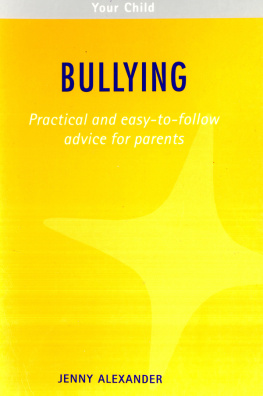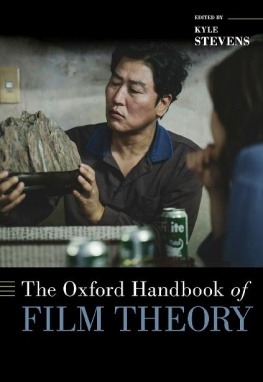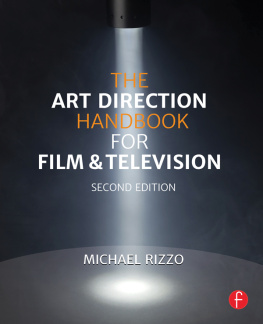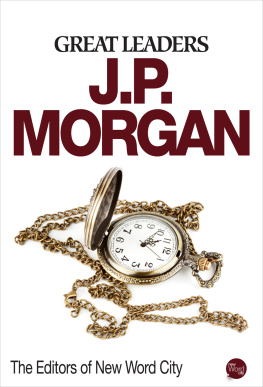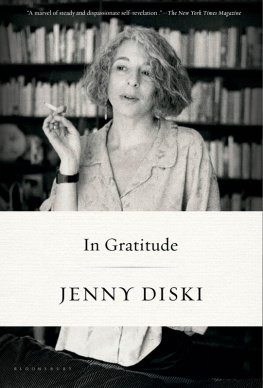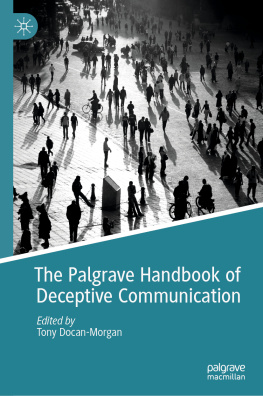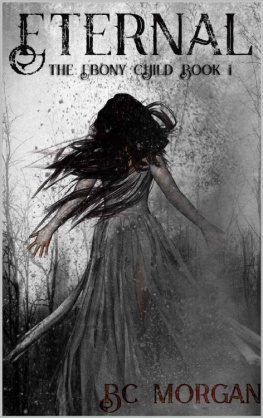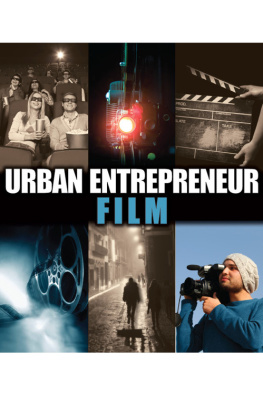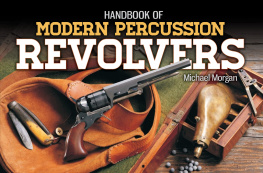The Film Researchers Handbook
The Film Researchers Handbook is a comprehensive reference guide to international film and video libraries, archives and collections. The Handbook will enable researchers to select footage sources by subject and location in North and South America, Asia, Australasia and Africa.
Features of the Handbook include:
* a guide to the perils and pitfalls of footage research
* information on fees, rights, copyright legislation and contracts
* a glossary of key terms in film research
* over 200 sources listed alphabetically both by country and by subject
* each entry gives details of opening hours, contact information, subjects and format of material held and research procedure.
Jenny Morgan is an experienced film researcher.
First published 1996
by Routledge
Published 2014 by Routledge
2 Park Square, Milton Park, Abingdon, Oxon OX14 4RN
Simultaneously published in the USA and Canada
by Routledge
711 Third Avenue, New York, NY, 10017, USA
Routledge is an imprint of the Taylor & Francis Group, an infbrma business
1996 Compiled by Jenny Morgan
Typeset by Unwin Brothers Ltd, Woking, Surrey
All rights reserved. No part of this book may be reprinted or reproduced or utilized in any form or by any electronic, mechanical, or other means, now known or hereafter invented, including photocopying and recording, or in any information storage or retrieval system, without permission in writing from the publishers.
British Library Cataloguing in Publication Data
A catalogue record for this book is available from the British Library
Library of Congress Cataloging in Publication Data
A catalogue record for this book has been requested
ISBN 13: 978-0-415-15123-8 (hbk)
Introduction
The Film Researchers Handbook is a guide to sources of film and videotape material in Africa, Asia, Australasia, North America and South America. The book has been compiled with the film researcher in mind, providing a good point to start research from in each country covered. The sources listed have all supplied, either directly or via agents, the information listed. Each source is actively selling film and/or videotape material. Research services without any material to sell have not been included. Most of the major collections in each country are listed along with some interesting and more obscure sources. Details of how to view the material, which formats are held, opening times, etc. will also be of great assistance.
A film researchers job is to provide illustrative material for a production, for example, a feature film clip to demonstrate an artistes work, a period shot of a particular place to set the scene for a drama, or a modern stock shot of an aircraft taking off, etc. The variety of requests are endless. It is a job where you can never be completely confident that you will find the required material and often the simplest sounding clips turn out to be the most difficult to find. Having found some suitable material a film researcher then has to fulfil the technical requirements of his or her production so that the correct video or film format is ordered. Also to be negotiated are the relevant copyright fees depending on the intended audience of the finished production. There may be underlying rights to clear that the source may not have included in the copyright fees, for example, payments to actors or musicians appearing in the clip. A film researcher therefore needs good technical knowledge, to be able to negotiate fees, to be meticulous in finding potential problem areas, for example, rights that will be difficult to clear, to have a good artistic eye for selecting material and to be a tenacious researcher.
The book is divided into three main sections. The first is arranged by country within which companies (libraries, archives, etc.) are listed alphabetically. Each entry within this section is identified by an entry number. The second section lists companies by subject area. If an unlikely source holds material on a certain country, e.g. Villon Films in Canada has material on Cuba and Africa, then that has been included as a subject entry; otherwise it is sensible to assume that a library with location material has a good stock of material relating to its own country or immediate surroundings. The third section contains a listing of national archives.
The index is also divided into three sections, one to identify sources holding specific subject material, another to list companies alphabetically by name and the last listing companies alphabetically within each country.
Entry number
This is the reference number given to each entry in the section listed by country.
Company name
This is the given name of the company including any well-known abbreviation.
Subjects
This is a summary of subject material including key words as listed in the subject index.
Contact details
Address, telephone, fax, telex and contact name(s) if given.
Description
A more detailed guide to the footage held with any relevant dates or titles of collections. It also includes information such as whether the library details are computerized, whether the rate cards, catalogues, promotional videos are available or if foreign languages (other than the native language) are spoken. Omission of any details means either the information was not received or the negative should be assumed.
Opening hours
When to contact the office (in local time).
Library components
What material is the footage held on? If film, what gauge: 16mm, 35mm or other? If video, what format: 1, D2, etc.? What line standard is the original: NTSC (National Television Standards Committee), PAL (Phase Alteration Line), or SECAM (Sequential Colour with Memory)? Libraries will often have a variety of formats but the original (master) material from which copies will be made is the most important factor.
Research
Is research always undertaken by staff or can an outside researcher visit the premises? Is an appointment necessary?
Procedure
How are enquiries dealt with? Can material be assembled on, for example, a VHS to view before selection or does it have to be viewed on the premises? Also shown is the average length of time it takes to gain access to the master material from which your copy will be made.
Foreign offices
Does the library have representatives or offices in other countries? If it does the parent company and country are indicated in the detailed description.
If embarking on film research without prior experience it is necessary to have an understanding of the likely obstacles you may encounter to ensure you do not commit your production to unforeseen costs or make rash promises of exciting but unclearable material to enthusiastic producers or directors.
Like most professions film research has its own commonly used terms. These refer mainly to the technical aspects of the job. A list of these terms and their meanings is included to help you communicate more successfully with a library.



